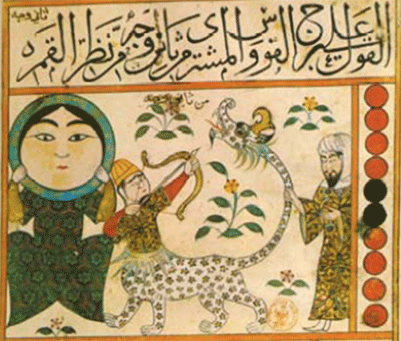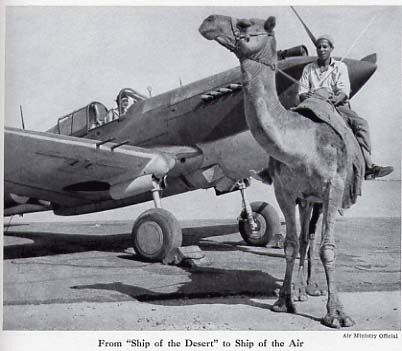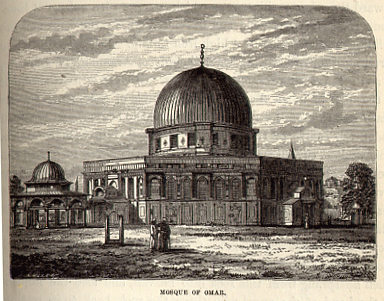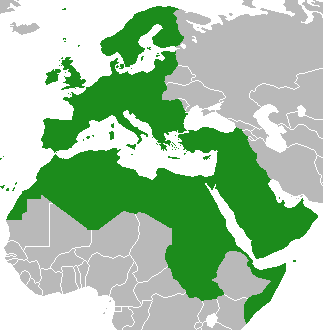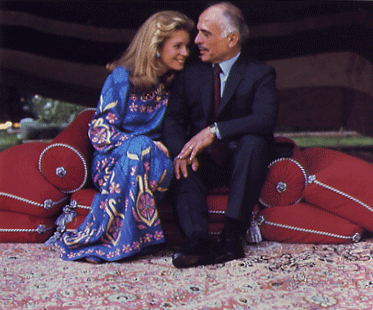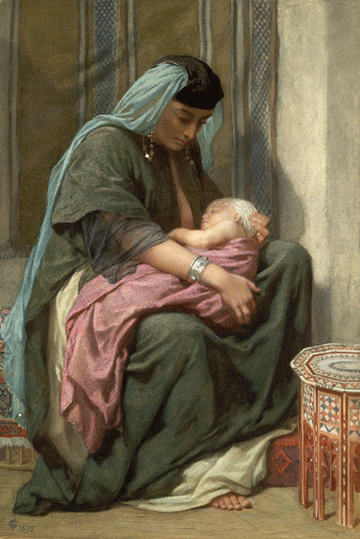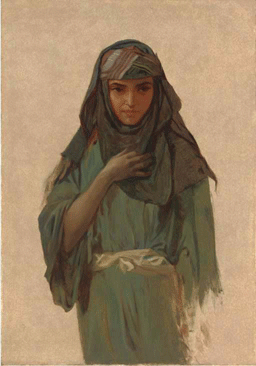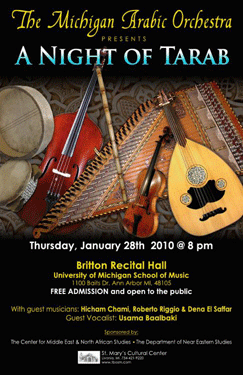
Arab Music on American Soil: How Music blends Arab Heritage with American Culture
by el-Sayed el-Aswad, United Arab Emirates University
Music is the key not only to understanding various ways of cultural expression and social communication, but also to comprehend peoples’ views of their identities and heritages. In her book, Philosophy in a New Key (1942), the American philosopher, Susanne Langer, states that music is a highly articulated mode of expression symbolizing intuitive acquaintance of patterns of existence or life that regular language cannot express. For her, music represents the composer’s knowledge of the morphological and symbolic forms of emotional life. Such statements were embodied in the behavior of both the musicians and audience participating in A Night of Tarab, organized by the Michigan Arabic Orchestra, on Thursday, January 28, 2010 at Britton Recital Hall, University of Michigan, Ann Arbor.
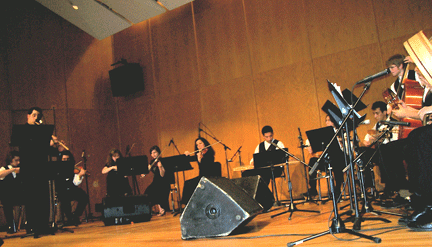
Michael Ibrahim, playing the flute (nay), with the ensemble
